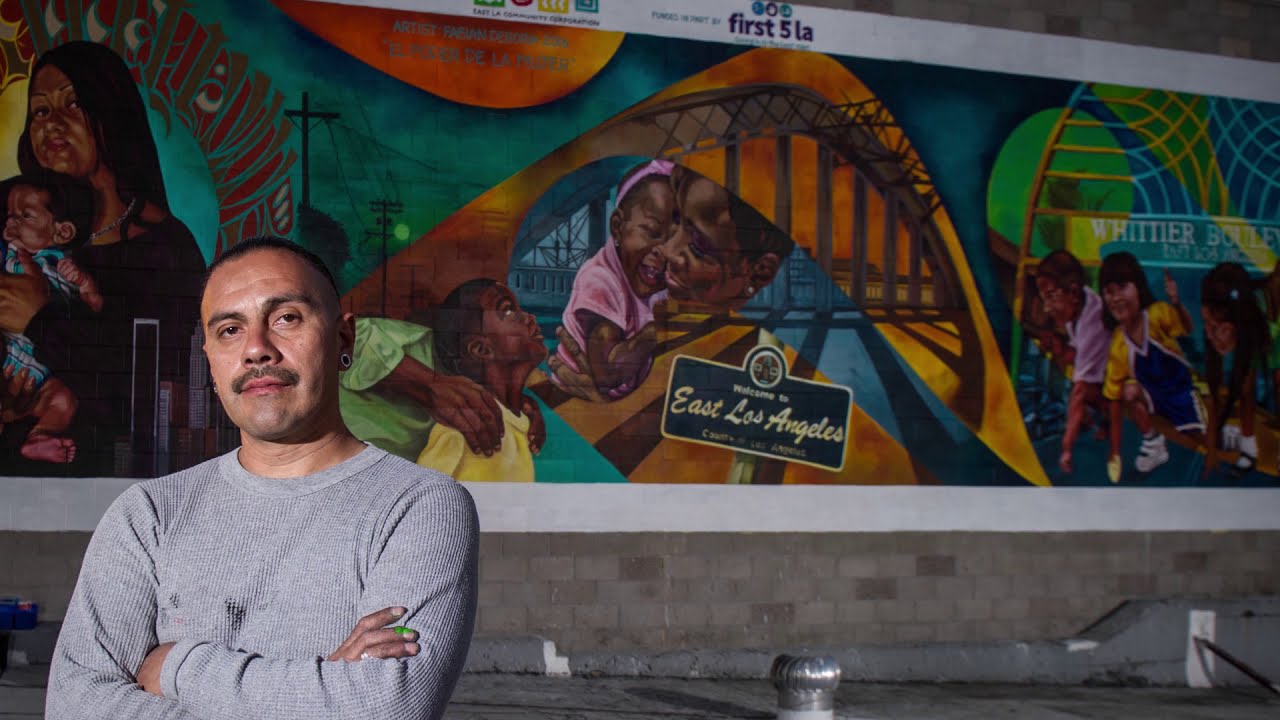Así es la CULTURA CHICANA en LOS ANGELES 🇺🇸 ¡DISCRIMINADOS en su PROPIO PAÍS!
Summary
TLDRThe video explores the Chicano culture in East LA, highlighting the community's history, identity, and contributions. It delves into the term 'Chicano', discussing its derogatory origins and evolution into a symbol of pride. The script covers topics like the influence of Mexican immigrants on American society, the role of the church in the Chicano movement, and the cultural expressions through art, music, and lowriding. It also addresses past and present challenges faced by the community, such as discrimination and gang culture, while emphasizing the resilience and strength of the Chicano identity.
Takeaways
- 🌎 Chicanos are people of Mexican origin born in the United States, often perceived as foreigners in their own country.
- 🏬 Over 15% of US citizens are children or descendants of Mexicans, contributing to a rich Chicano culture.
- 🗣️ The term 'Chicano' was originally negative, implying 'less than Mexican', but has evolved into a cultural identifier.
- 🏭 East Los Angeles, particularly Boyle Heights, is a historic area where many Mexicans settled and worked, especially in mariachi music.
- 🎵 Mariachi Plaza is a gathering spot for mariachis waiting for work, reflecting the importance of music in Chicano culture.
- 🖼️ Chicano art, including murals and tattoos, often tells personal stories and has roots in gang culture as a form of expression.
- 🍔 Food places like 'Taquería El Momo' are not just eateries but symbols of pride and cultural heritage.
- 🏢 Businesses in East LA, such as 'Los 5 Puntos', are integral to the community and often have historical or cultural significance.
- 📰 The prevalence of Spanish-language newspapers and media in East LA reflects the strong Latino presence and influence.
- 🎶 Chicano culture has significantly influenced American music, including genres like Hip-Hop, often overlooked by mainstream media.
- 🚗 Lowriding, the customizing and cruising of cars, is a significant part of Chicano culture with a history dating back to the 60s and 70s.
Q & A
What is the term 'Chicano' used to describe?
-The term 'Chicano' is used to describe a person of Mexican origin who lives in the United States, particularly those who are children or descendants of Mexicans and were born in the U.S.
What is the meaning behind the term 'La Raza'?
-'La Raza' is a term used by Chicanos to refer to themselves, symbolizing their identity and cultural pride.
What is the origin of the word 'Chicano'?
-The word 'Chicano' originally had a negative connotation, used to imply 'small' or 'less than' in comparison to Mexicans born in Mexico. It was used to suggest that those born in the U.S. were not fully Mexican.
Why is East Los Angeles significant to the Chicano culture?
-East Los Angeles is significant to the Chicano culture because it is a historic area where many Mexicans and Chicanos have settled, and it is a place where the culture has been preserved and celebrated.
What role do 'mariachis' play in the Chicano community?
-Mariachis are an integral part of the Chicano culture, often playing traditional Mexican music at events and in public spaces, contributing to the cultural identity and pride of the community.
How has the perception of 'Chicano' evolved over time?
-The perception of 'Chicano' has evolved from being associated with delinquency and gangs to being a cultural expression and a symbol of pride in one's heritage.
What is the significance of tattoos and murals in Chicano culture?
-Tattoos and murals in Chicano culture are forms of artistic expression that often tell personal stories or represent cultural and religious symbols, such as the Virgin of Guadalupe.
Why are the 'Lowriders' an important part of Chicano culture?
-Lowriders are an important part of Chicano culture as they represent a unique form of automotive artistry and personal expression. They are also tied to the history of the Chicano community and their cruising events are social gatherings.
What is the significance of the date August 29, 1969 in Chicano history?
-August 29, 1969, marks the date of the largest Chicano Moratorium, where more than 20,000 Mexican-Americans protested against the Vietnam War and for their civil rights.
How did the Church of the Epiphany play a role in the Chicano movement?
-The Church of the Epiphany was a shelter for immigrants and played a leading role in the Chicano movement by supporting the rights of the Chicano community and housing a clandestine newspaper called 'La Raza'.
What is the current state of Chicano culture according to the script?
-The current state of Chicano culture is one of pride and identity, with a rich history that has been passed down and continues to evolve, offering more opportunities and a brighter future for the younger generations.
Outlines

This section is available to paid users only. Please upgrade to access this part.
Upgrade NowMindmap

This section is available to paid users only. Please upgrade to access this part.
Upgrade NowKeywords

This section is available to paid users only. Please upgrade to access this part.
Upgrade NowHighlights

This section is available to paid users only. Please upgrade to access this part.
Upgrade NowTranscripts

This section is available to paid users only. Please upgrade to access this part.
Upgrade NowBrowse More Related Video

Chicano Identity Through the Murals of East Los Angeles

Chicano Moratorium: A Question of Freedom (1971)

Deaf ideology | Marika Kovacs-Houlihan | TEDxUWMilwaukee

PKN 2021 - DOKUMENTER PAPAN : RAGAM ARSITEKTUR NUSANTARA

The Caribbean East Indians, Part 1 of 2

Black Indians of Wampanoag and African Heritage
5.0 / 5 (0 votes)